When one closes their eyes to picture their archetype of a blues musician, most see someone with a guitar. This isn't too surprising: from Charley Patton to Bonnie Raitt, the guitar has been central to blues music throughout its recorded history. However, a great many of the techniques used in blues guitar playing were originally adapted from those used by violinists in "pre-blues" African-American string bands. Referred to retrospectively as "blues fiddle", this set of techniques — wide and moaning vibrato, double-stop harmony bowing, and so on — was of integral importance to the development of the blues sound, and to 20th century American music writ large.
String bands were the dominant form of African-American music at the beginning of the 20th century. When the blues evolved into a popular song structure, those string bands gamely followed suit, working blues numbers into their repertoire. Since most of these bands were led by violinists, this afforded the instrument carte blanche to define what would become traditional features of the form.
Due to prejudices against both Black and rural musicians, it took time for these innovations to be heard on record. Legendary singer Bessie Smith took the lead on the earliest fiddle-forward blues recordings in 1924, with violinist Robert Robbins manning the bow. This was not "country blues", exactly, but it was directly influenced by the sound of the string bands.
Even at that early date, string bands were considered somewhat anachronistic, especially in the face of the horn-heavy blues/jazz hybrids that had bubbled to the surface in big cities. Still, they had an audience. Many popular blues musicians, like Big Bill Broonzy and Lonnie Johnson, were just as drawn to violin as they were to guitar, and their technique on one clearly informed their approach to the other.
Meanwhile, country blues band the Mississippi Sheiks made violin central to their sound: it is a prominent feature on their most recognizable song, the now-standard 'Sitting on Top of the World', a song which has since been covered by everyone from Bob Wills to Howlin' Wolf to the Grateful Dead, among scores of others.
[SIDE NOTE: A great many "old-time music" enthusiasts are drawn to these string bands above all else. One such fan, director Terry Zwigoff, stumbled into his career as a filmmaker largely out of a desire to track down one of his favorite musicians, the fiddle/mandolin player Howard 'Louie Bluie' Armstrong, and learn more about him. The resulting documentary, Louie Bluie, was both the start of an illustrious career for Zwigoff and an essential document of an under-recognized master of the string band form.]
The popularity of songs like 'Sitting on Top of the World' was such that its influence leaked heavily into the then-nascent form of country & western music. Blues, jazz, and jug bands were a clear influence on country's first star Jimmie Rodgers, as you can hear in early tunes like 'Travelin' Blues'. It's impossible to miss the adoption of blues techniques throughout Hank Williams Sr.'s recordings, most especially in fiddler Jerry Rivers' approach (Williams referred to Rivers' bluesy double-stop bowing, wherein he played the melody and harmony by bowing two strings simultaneously, as "garden seed fiddle").
As blues transformed into electric blues, R&B, and rock & roll, the appearance of blues fiddle became increasingly rare. Bo Diddley was raised on the violin, but broke it out very rarely in his recorded career, the most prominent example of him fiddling on record being the early b-side 'The Clock Strikes Twelve'. Chicago-bred violinist Papa John Creach was a journeyman musician who played everything from blues to jazz to symphonic music, performing with the likes of Louis Armstrong and Nat King Cole before reaching a commercial high point in the 1970s as a member of the Jefferson Airplane and Hot Tuna and as a solo artist.
Though the violin family would crop up again in the "progressive rock" of the 1970s and to an extent in disco (albeit usually as part of a string section more than as a solo instrument), most of those players were influenced more by European classical tradition than by the blues.
As with blues, the guitar would become the instrument to beat in rock & roll, and violin would be pushed mostly to the margins of the form. Yet without violinists' contributions, 20th century music — and the guitar which dominated so much of its sound — would have sounded wildly different.
Further reading:
Recommended listening:
- Various artists: Folks, He Sure Do Pull Some Bow!: Vintage Fiddle Music, 1927-1935
- Various Artists: Violin, Sing The Blues For Me: African-American Fiddlers, 1926-1949
- Howard 'Louie Bluie' Armstrong- Louie Bluie (ORIGINAL FILM SOUNDTRACK)
- Mississippi Sheiks: The Essential
- Papa John Creach: Papa John Creach


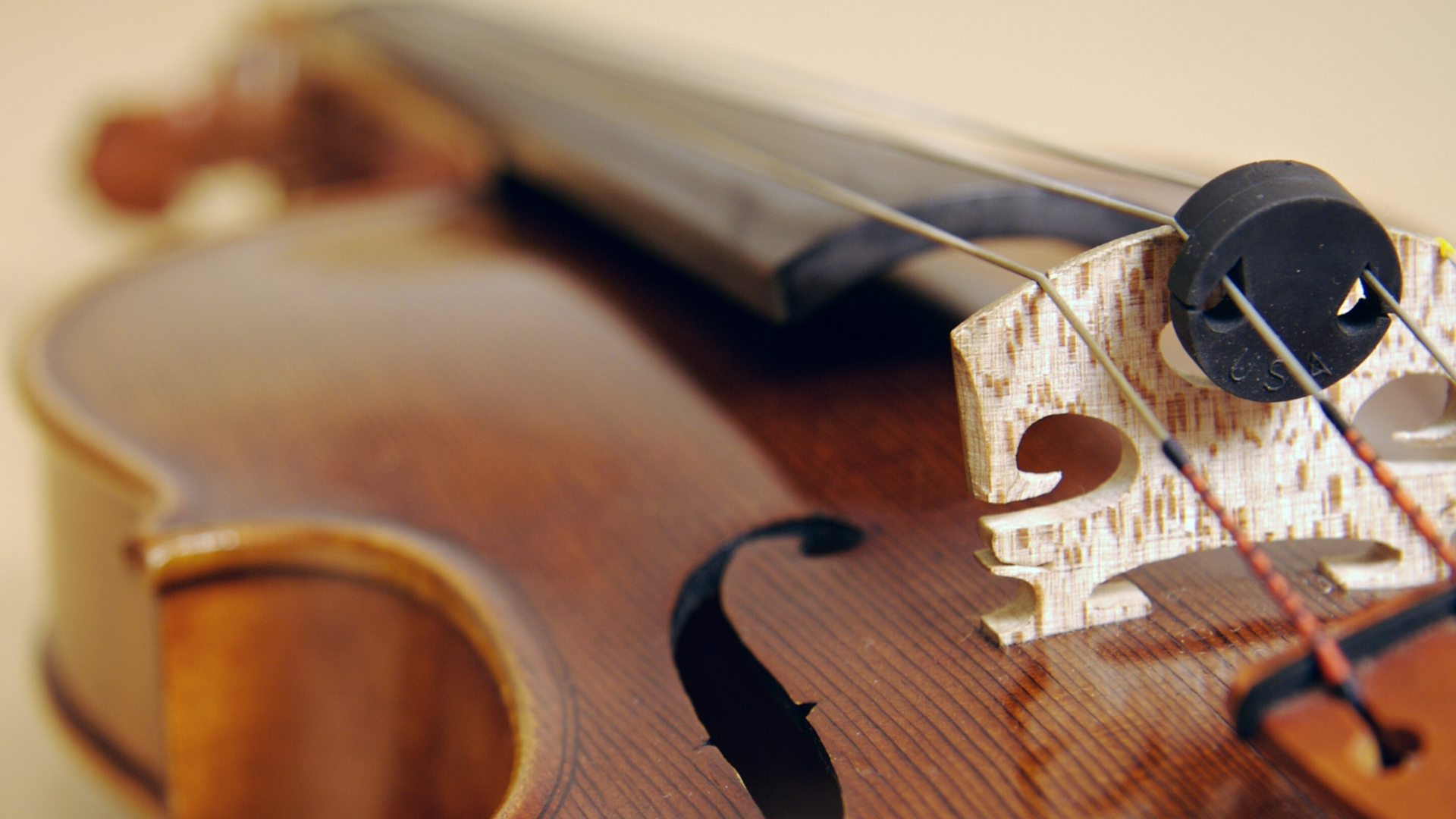
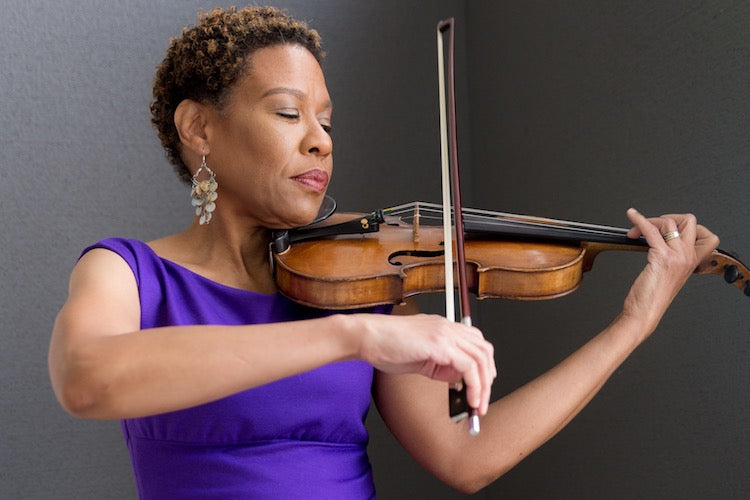
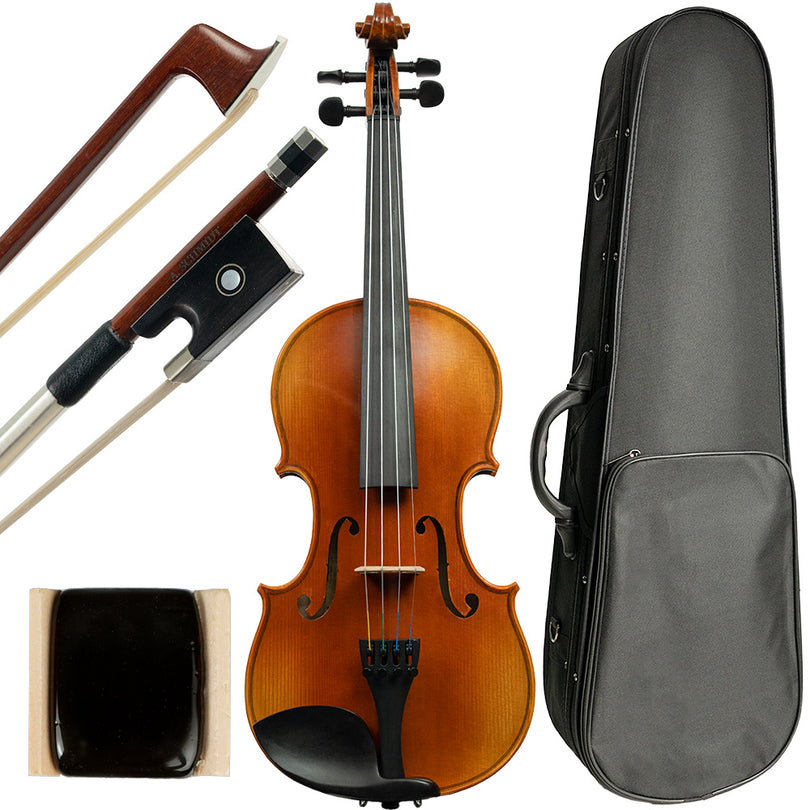
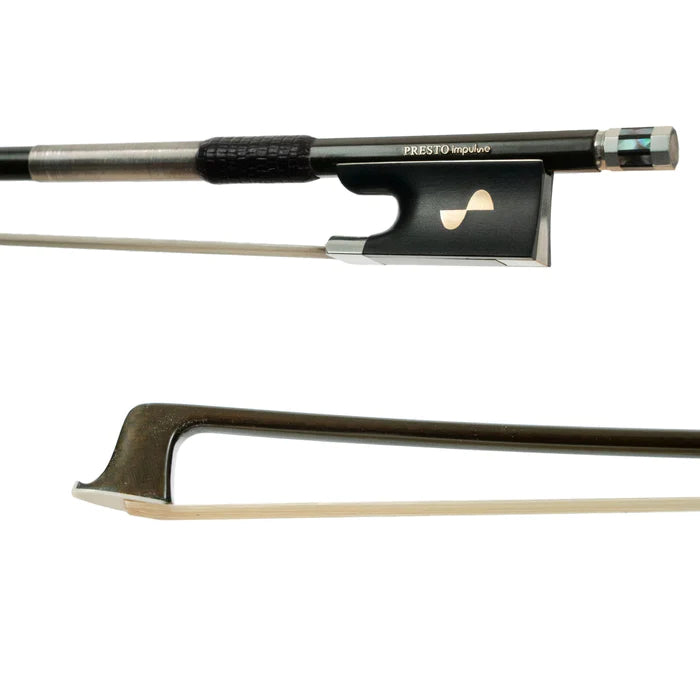

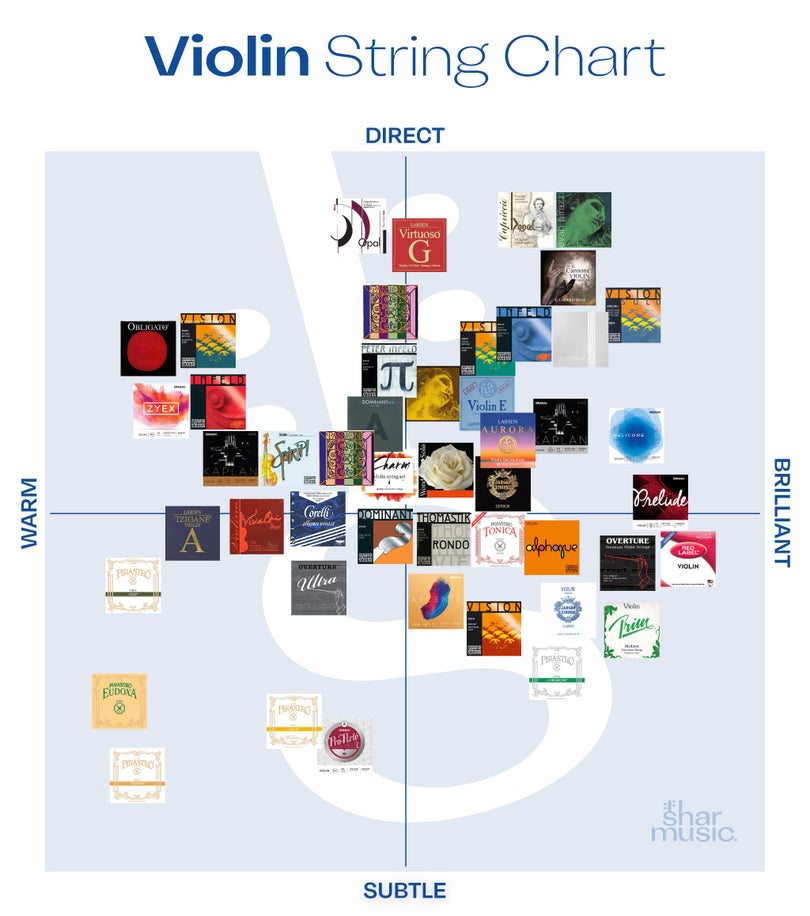

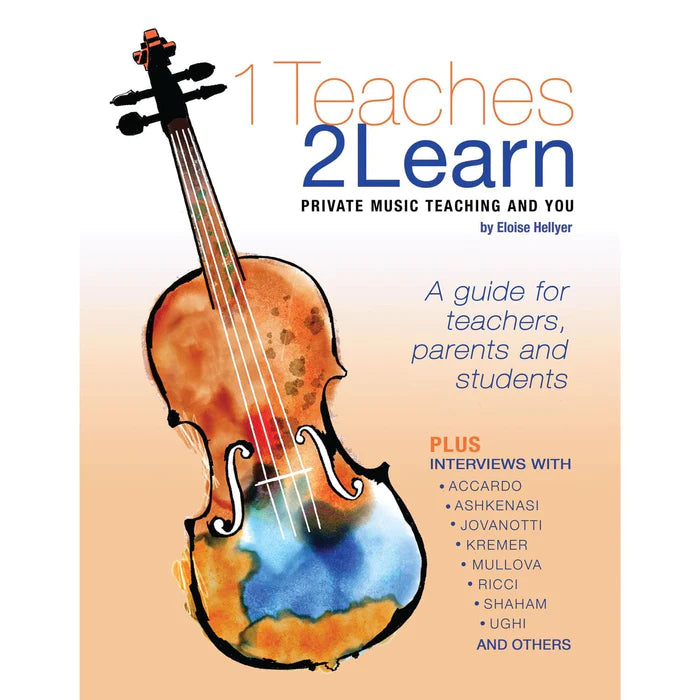
1 comment
James W. Day
Lov ethis we play this eMusic in our piano trio wish I had more tab abd musi cfrom that era!~
Lov ethis we play this eMusic in our piano trio wish I had more tab abd musi cfrom that era!~